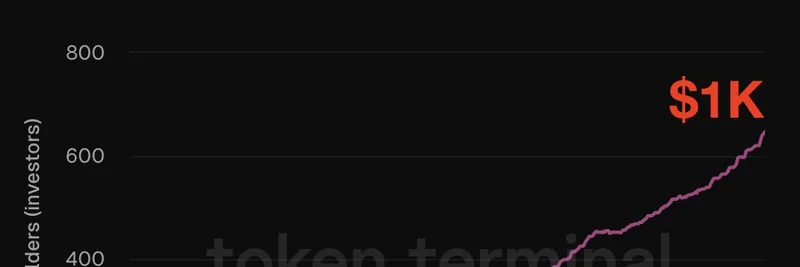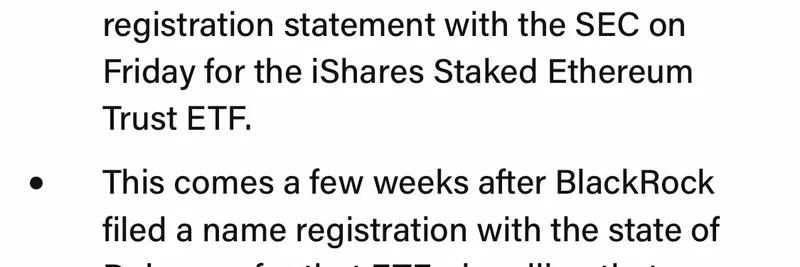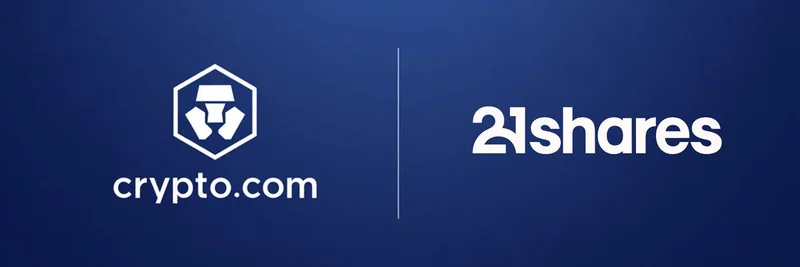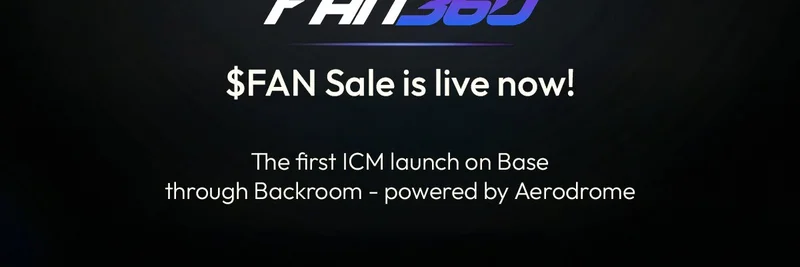In the ever-evolving crypto landscape, where meme tokens often steal the spotlight with their viral hype and low entry barriers, a quieter revolution is brewing in the world of Real World Assets (RWAs). These are essentially traditional financial products—like bonds or funds—tokenized on the blockchain for seamless trading and ownership. A recent post from Token Terminal sheds light on how smart go-to-market strategies can make or break adoption in this space, comparing two heavyweight tokenized money market funds: Spiko's USTBL and BlackRock's BUIDL.
Understanding the Players: USTBL and BUIDL Explained
Money market funds are low-risk investment vehicles that typically park money in short-term, high-quality debt like US Treasury Bills (T-Bills), offering stable yields with minimal volatility—think of them as a savings account on steroids, but backed by government securities.
BlackRock, the world's largest asset manager, entered the blockchain arena with BUIDL, a tokenized fund that gives investors exposure to these safe assets on-chain. However, it's geared toward big players, requiring a whopping $5 million minimum investment. This makes it ideal for institutions but leaves out the average crypto trader or meme coin enthusiast who might want to dip their toes in without committing a fortune. You can check out more details on BUIDL via RWA.xyz.
Enter Spiko Finance, a platform focused on bridging traditional finance (TradFi) with decentralized finance (DeFi). Their USTBL fund does something similar—investing fully in US T-Bills for that risk-free rate—but slashes the entry barrier to just $1,000. This opens the door wide for retail investors, including those in the crypto community who are used to jumping into projects with pocket change. Spiko's approach emphasizes daily interest payouts, anytime withdrawals, and full security through T-Bills, as outlined on their Spiko Dollar page.
The Impact of Accessibility: What the Data Shows
As Token Terminal's chart illustrates, the difference in minimums has led to wildly divergent adoption paths. Since its launch, USTBL has exploded in popularity, amassing over 800 token holders by mid-2025. In contrast, BUIDL's holder count has barely budged, hovering in the low double digits. This isn't just about numbers; it's a testament to how lowering barriers can tap into the vast pool of "crypto natives" eager for yield but deterred by high stakes.
Why does this matter? In a market where meme tokens thrive on inclusivity—anyone can buy in with a few bucks—RWAs like USTBL are bringing that same democratizing spirit to stable, income-generating assets. For blockchain practitioners, this means easier diversification: park your meme coin gains in a fund yielding close to the risk-free rate without locking up millions.
Broader Implications for Crypto and Meme Tokens
This trend highlights a key lesson in blockchain product design: go-to-market strategies aren't just fluff; they're the engine of growth. BlackRock's institutional focus leaves a massive gap that innovators like Spiko are filling, potentially accelerating the mainstream adoption of RWAs. Imagine meme token holders using platforms like USTBL to hedge against volatility—earning steady returns while waiting for the next pump.
Looking ahead, as more projects lower thresholds (some even down to $1 via wrappers like those on Injective), we could see RWAs becoming as accessible as your favorite dog-themed coin. This fusion of TradFi stability with DeFi's openness might just be the next big wave, empowering users to build more resilient portfolios.
If you're exploring RWAs, start with resources like CoinGecko's USTBL page for live pricing or CoinMarketCap for deeper insights. Stay tuned to Meme Insider for more on how these developments intersect with the wild world of meme tokens.




